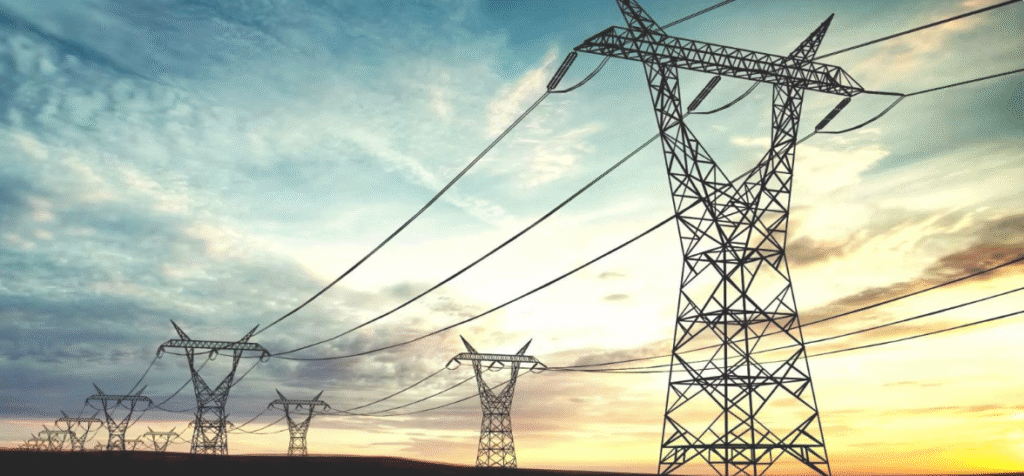Pakistan saw an impressive boost in its electricity generation during June 2025, marking a much-needed improvement in the nation’s power sector. Though official figures for June aren’t yet released, a similar trend in May suggests the 8% jump reflects ongoing economic shifts.
How Did Power Production Increase in June?
Several factors contributed to this rise in electricity production. One important reason was the government’s decision to lower electricity prices. When electricity becomes more affordable, more people and businesses tend to use it, especially during hot summer months when demand for cooling rises.
Lower prices encourage higher consumption, which means power plants need to produce more energy to meet this growing demand.

Another major factor was the increase in hydropower generation .Dams such as Tarbela and Mangla supply a significant portion of Pakistan’s electricity by storing and releasing water. During the summer months, melting snow from mountains and seasonal rains help fill these reservoirs, allowing hydropower plants to produce more electricity. In June, hydropower contributed a large share of the total electricity supply, helping push overall production higher.
The Growing Role of Solar Energy
Apart from hydropower, solar energy is playing an increasingly important role in Pakistan’s electricity mix. Over the past year, the country has installed many new solar panels, especially on rooftops and in small solar farms.
This expansion of solar power helps provide electricity during sunny daytime hours and reduces the strain on the national power grid. Solar energy also supports the environment by producing clean, renewable power without pollution.
As solar power grows, it reshapes how and when people use electricity. Rather than creating a single sharp peak in demand during the hottest part of the day, solar energy helps distribute electricity use more evenly throughout daylight hours. This shift helps the electricity system run more smoothly and efficiently.
Remaining Challenges in Pakistan’s Power Sector
Despite this positive progress, Pakistan’s power sector still faces several problems. One big issue is the high fixed costs paid to power plants. The government has to pay these plants certain fees whether they generate electricity or not, which makes the system expensive and sometimes inefficient.
Another challenge is the weak electricity grid. The transmission lines that carry power from dams in the north to cities and industries in the south are sometimes unable to handle large amounts of electricity. This forces the country to rely on expensive gas-powered plants to meet demand, which can increase costs and pollution.
Additionally, Pakistan struggles with circular debt in the energy sector. This debt can reach very high levels and makes it harder for power companies to invest in new projects or maintain existing plants.

